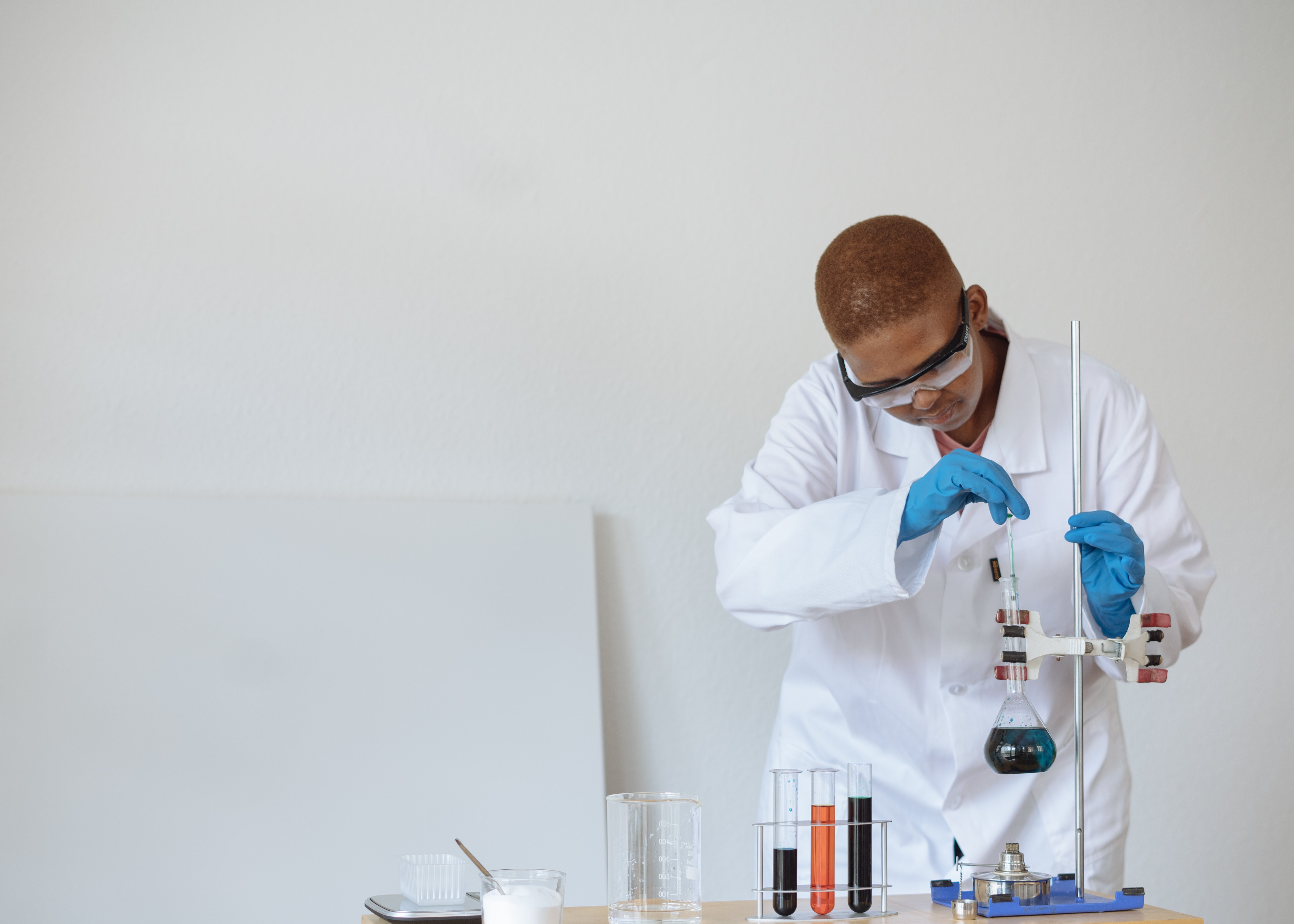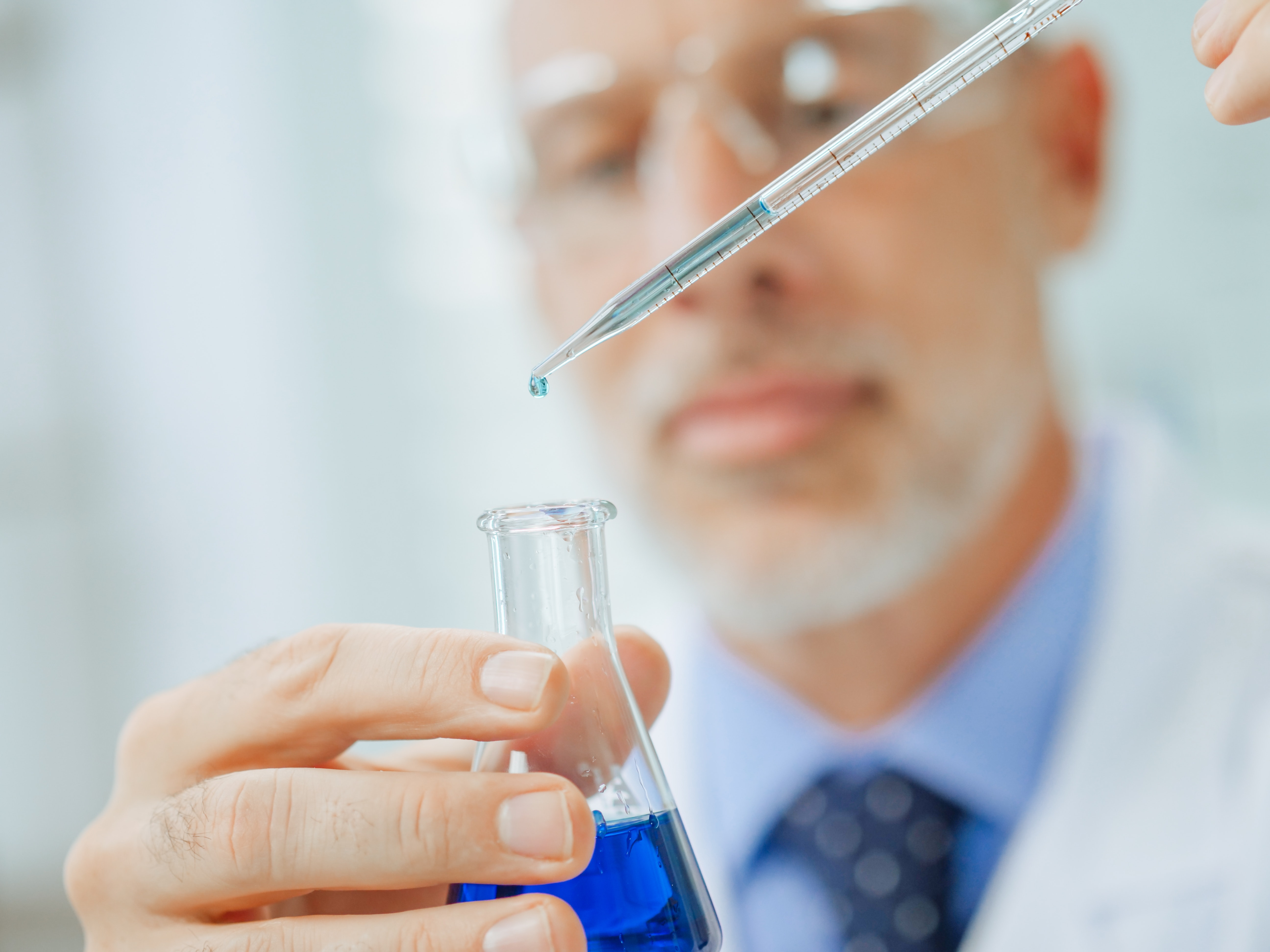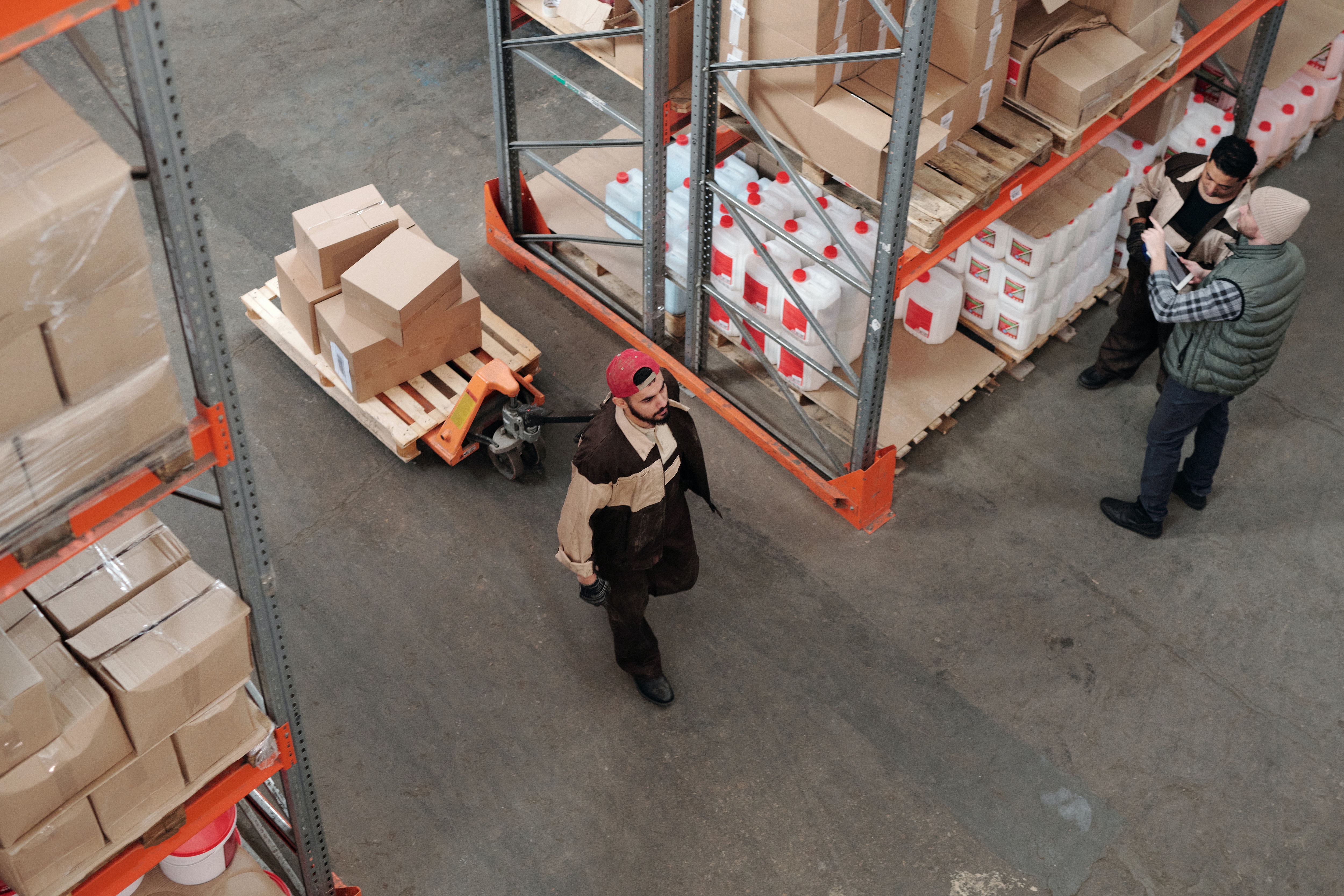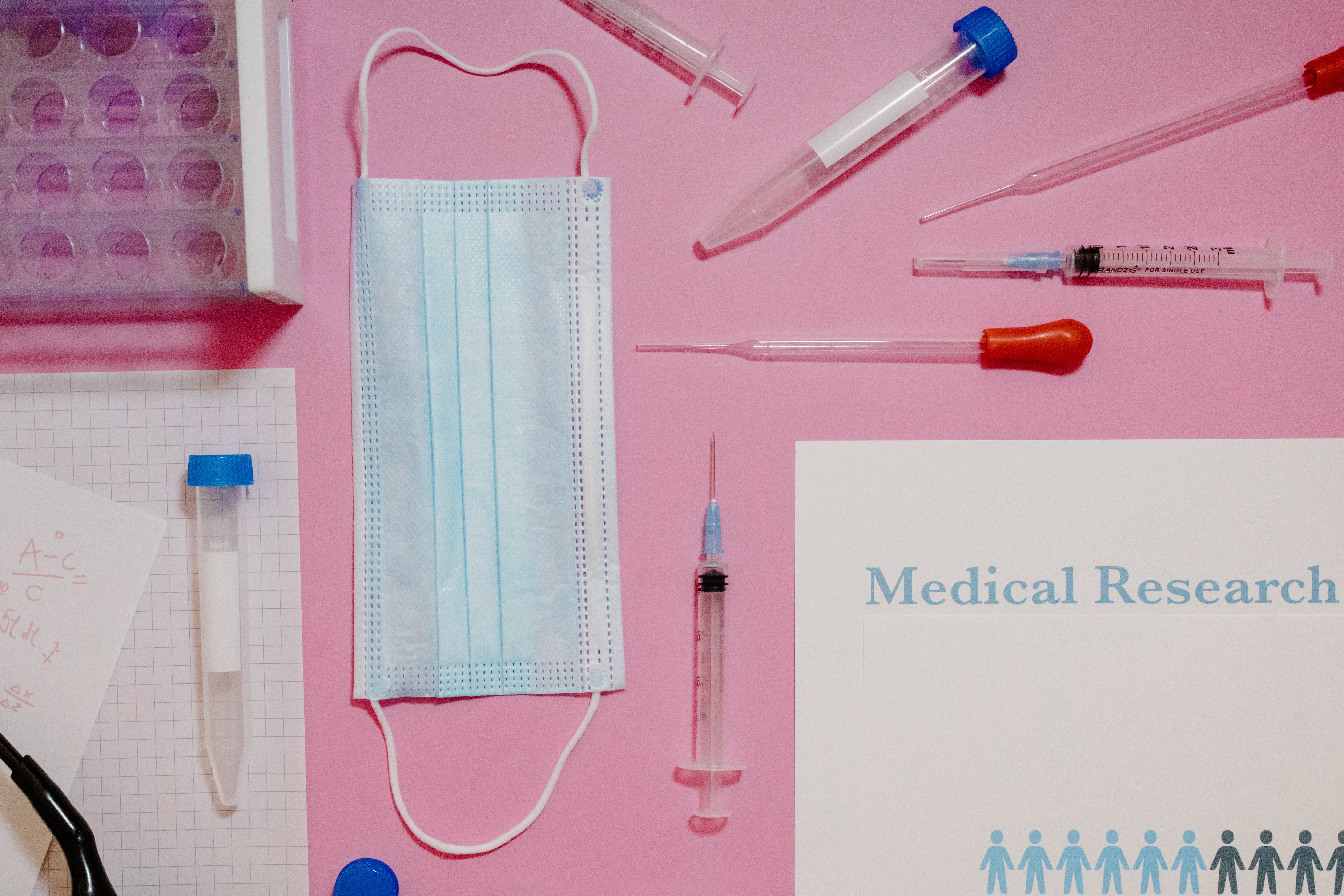Pharmaceutical development is a complex and rigorous journey that involves numerous stages and processes. Each stage of pharmaceutical development requires meticulous attention to detail to create a safe and effective product for patients to use. The journey from discovering new molecules to market-ready drug products takes years to complete and costs a significant amount of money. In this article, we will discuss the various stages of pharmaceutical development and the challenges and opportunities associated with each stage.
1. Discovery and Preclinical Development:
The first stage of pharmaceutical development is discovery and preclinical development. This is the stage where scientists discover a new molecule that has the potential to treat a particular disease or ailment. In this stage, the scientists conduct tests to identify the efficacy and safety of the new molecule. They test the molecule in cells and animals, and if the results are promising, the formulation process begins. The formulation process involves choosing an appropriate drug delivery method, dosage strength, and dosage form. At the end of the preclinical stage, the scientists prepare a comprehensive report for regulatory bodies.
2. Clinical Development:
The clinical development stage of pharmaceutical development is where the molecule is tested in humans. It is divided into three key phases and requires regulatory approval. In phase 1, a small group of healthy volunteers receives the treatment to check for safety and dosage. In phase 2, a larger group of up to several hundred patients receives the treatment to evaluate efficacy and safety, and in phase 3, the treatment is tested in a larger group of several hundred to several thousand patients for safety, efficacy, and effectiveness. After the successful completion of all three phases, the drug product's regulatory submission takes place.
3. Regulatory Review:
The regulatory review process is a critical stage that occurs after the completion of clinical development. The regulatory body reviews all the data from preclinical and clinical trials to check the safety and efficacy of the drug product. Regulatory approval is required before the drug product can be sold in the market. In this phase, the regulatory body may approve or reject the drug product. If approved, the drug product moves on to the next phase.
4. Manufacturing:
Once the drug product gets regulatory approval, the manufacturing process begins. This phase involves scaling up the manufacturing of the drug product to ensure significant quantities of the drug product. The manufacturing process involves quality control and has strict regulations to meet patient safety standards. Once manufacturing is complete, the drug product is ready to be distributed and sold in the market.
5. Post-Marketing Surveillance:
The final stage of drug development is the post-marketing surveillance stage where pharmaceutical companies collect and analyze data on the real-world use of the drug product. The aim is to identify any previously unknown side effects and evaluate the drug product's overall safety and effectiveness. The data collected in this stage can be used to update the drug product's instructions, dosages, and safety warnings.
Pharmaceutical development is a complex and rigorous journey that involves many stages. Each stage of development requires meticulous attention to detail and a multi-disciplinary approach to create a safe and effective drug product for patients. Success in pharmaceutical development depends on satisfying the regulatory requirements, streamlining manufacturing, and eventually ensuring the drug product meets real-world usage safety standards. We hope this article has provided you with insight into the journey of pharmaceutical development.






